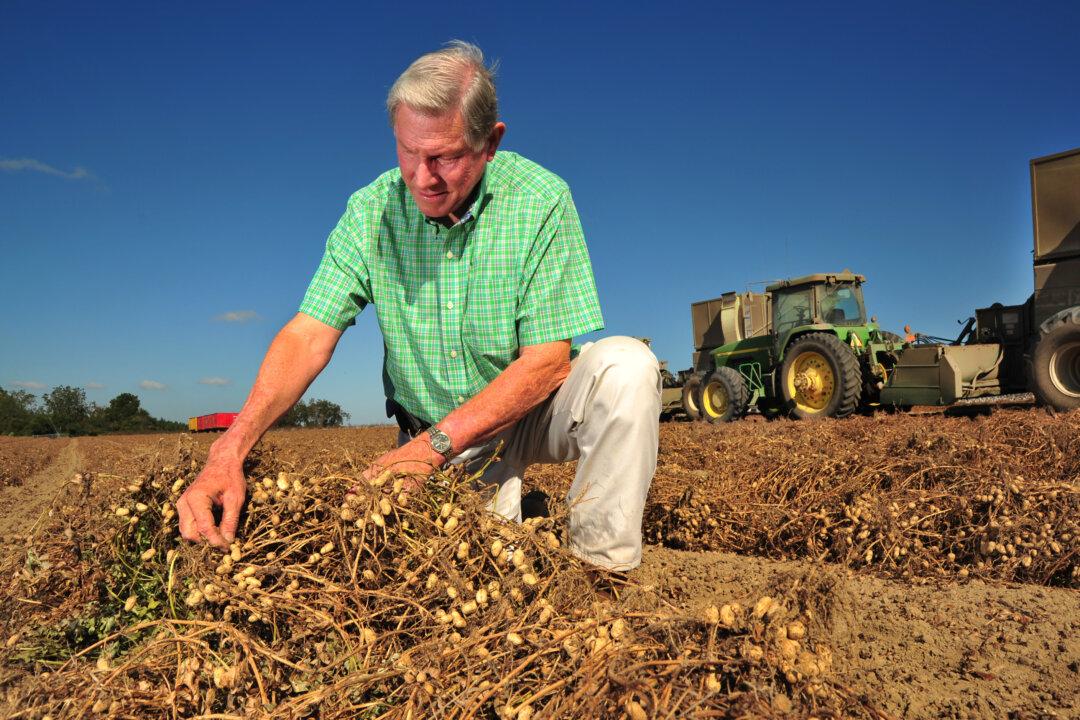California is the biggest producer of crops in the United States, but a number of crops will not be affected by the worsening drought in the state.
About half of U.S. fruits, vegetables, and nuts come from The Golden State.
Almost every pomegranate, almond, olive, artichoke, kiwifruit, pistachio, walnut, and fig in American supermarkets come from California. But many other products do not.
Most grains, as well as a smattering of other commonly consumed fruits and vegetables, largely come from outside California and will not be impacted by the drought.





